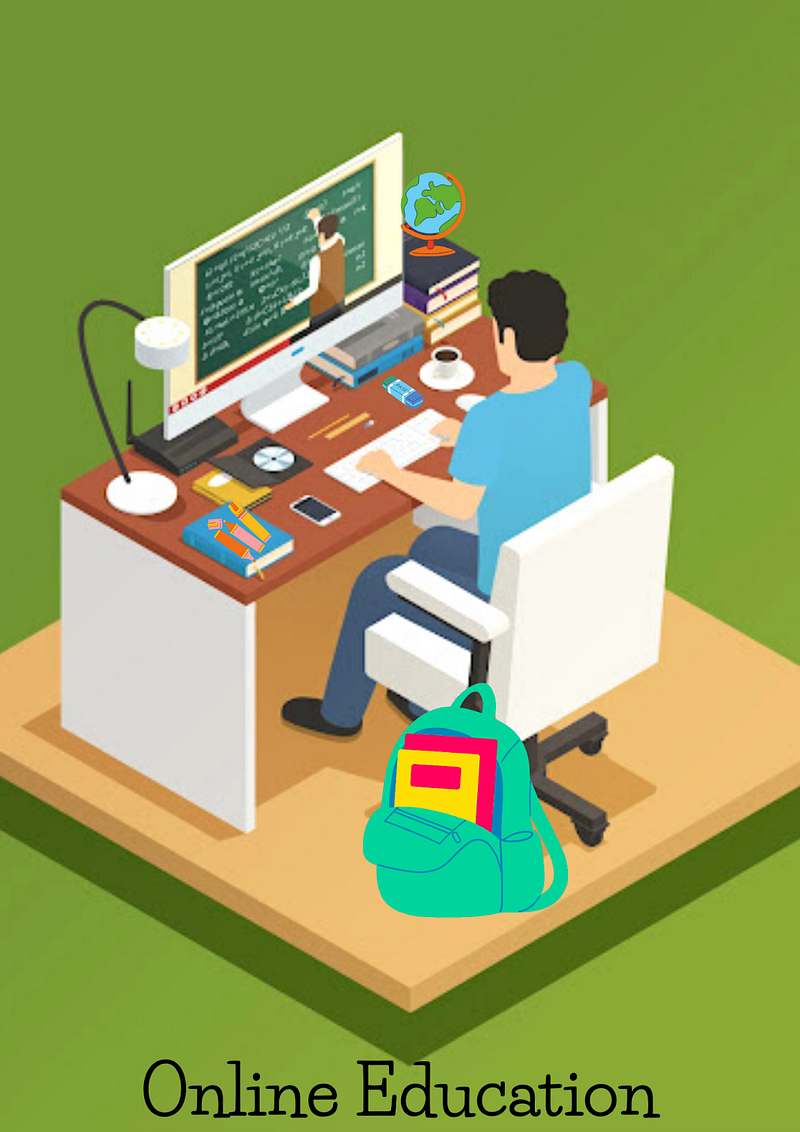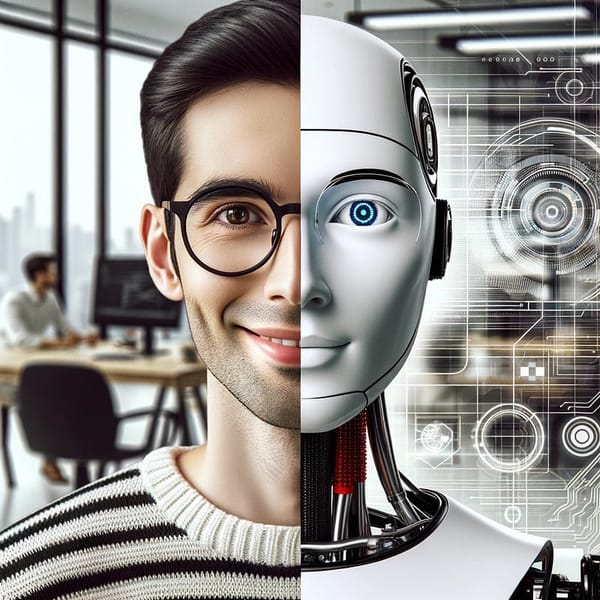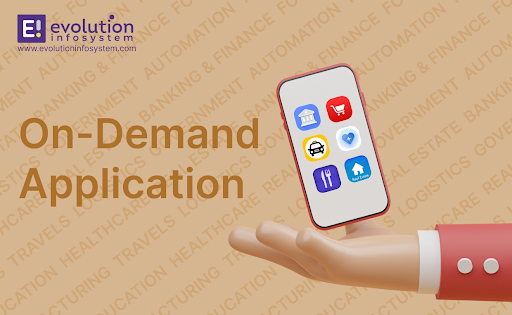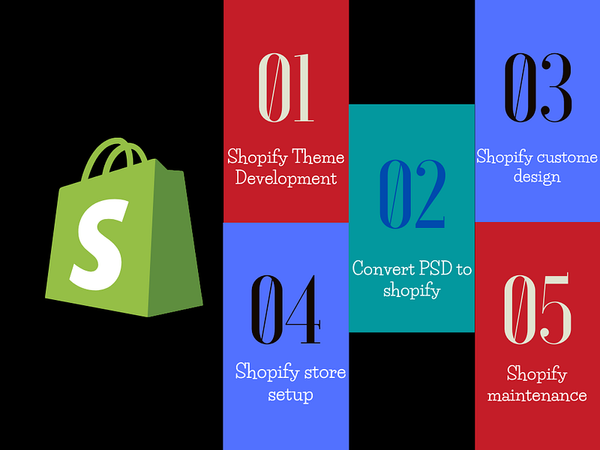Technology Trends in the Education Industry(EdTech)!!!
Technology trends have long overdue to be adopted by the training sector. Education technology (ed-tech) is a refreshing change from the…

Technology trends have long overdue to be adopted by the training sector. Education technology (ed-tech) is a refreshing change from the past. We have seen new methods of learning and educating since the pandemic shifted college from lecture halls to homes.
Educators can now fulfill growing schooling wishes via emerging trends in Ed-tech. In addition to online training, immersive learning and augmented reality (AR) is crucial in leveraging growth and improving the learning experience.
As a result of the pandemic, distance learning has become important. It has enabled teachers to have an opportunity to adopt virtual trends that may be retained once the situation returns to normal. Connectivity, versatility, and student-specific learning are among the top trends in education technology.
What is education technology(Ed-Tech)
The term educational technology refers to the implementation of technology inside the classroom, which leads to a better learning experience.
Education technology allows educators to provide statistics in a way that is exceptional for getting to know retention. A greater immersive experience has been achieved through the transformation of conventional methods.
The world of educational technology is undergoing several rising trends, including the Internet of Things (IoT) and artificial intelligence (AI). As a result of this technology, students are able to analyze in a fun and interactive manner, and teachers are able to grade with ease.

The top 9 Ed-Tech trends
- E-learning
Due to the spread of COVID-19, the colleges in the area had to close down, causing distance learning to become the simplest way for individuals to gain an education. The result is an increase in demand for e-learning platforms, and this tech has become one of the most important trends in academics today. Education can now be delivered through computers, smartphones, and laptops via e-learning structures.
College students can now receive education through e-learning without being restricted to a classroom environment. E-learning experiences can also be made more fun and interactive for learners through the use of animation, podcasts, and videos. The benefits of e-learning, from customized mastery environments to price efficiency, make it one of the fastest-growing trends in the future.
2. Learning with video
While the pandemic continues, video-assisted learning has also been helpful. In other words, this is similar to e-learning by using videos and different visual modes. However, rather than real-time magnificence, these are recorded lectures that can be viewed at any time.
Despite being used before mass e-learning was necessary, this medium was updated to meet current needs thanks to the pandemic. Teachers play movies for students about what they’re studying on “movie day,” but that’s not always the same. Distance learning has been made possible by a very diffused medium.
In a study published in Scientific & Academic Publishing, video displays are helpful for students’ learning. The video-assisted learning method enhances training and has a direct impact on student performance.
3. Blockchain technology
Data can be structured in a blockchain. As data is accumulated in small blocks, it may be chained together with previously accumulated blocks to form a blockchain, where the data is organized in a sequence. There is a huge role for blockchain technology to play in education, particularly when it comes to data storage.
Document-retaining for student credentials and certificates has been converted to electronic form, removing the need to verify educational papers. Blockchain technology makes educational qualifications transparent, reducing the likelihood of fraud in workplaces.
With blockchain, instructional qualifications are guaranteed to be honest and transparent. Changing an entry in a faculty’s online ledger isn’t always easy — you may have to obtain permission from network users. This could help prevent fraud and keep data secure. By storing all data on a blockchain platform, blockchain technology can also prevent plagiarism by preventing all information from being modified without authorization. With blockchain, we are laying the foundation for an improved future that is transparent.
4. Increase bigdata
With numerous educational institutions adopting distance learning following the pandemic, we can now view larger data units than before. Educational establishments, with many faculties operating remotely or having the ability to do so, have a unique way of collecting data on students, including what they say and how engaged they are. Students can use these statistics to make learning more enjoyable and rewarding. The flood of documents can result in the loss of crucial information. In this case, big data is needed.
A variety of techniques must be applied to uncover the hidden knowledge in the data. By using these statistics, teachers can evaluate the effectiveness of their curriculum, and they can assess their students’ performance over time. Teachers can measure educational strategies based on students’ performance, allowing them to assess which techniques are most effective.
5. Artificial intelligent(AI)
The global market for artificial intelligence within the education sector is expected to reach $3.68 billion by 2023, according to market data. Education technology uses artificial intelligence in a number of ways, including automating activities such as grading. With the help of artificial intelligence, multiple-choice questions can be graded and the blanks filled in without involving a teacher. Teachers’ time is freed up and they can focus on other, more important tasks.
Artificial intelligence can also solve the problem of overcrowded study rooms that require individual interest. Using artificial intelligence, students with high demand can receive customized tutoring. In addition to developing personalized study tracks, AI applications can also allow students to examine at their own pace. In this way, children will be able to discover their education at a comfortable pace and without the frustration of traditional teaching methods. IoT and chatbots are also very helpful in the learning process for students. They can learn offline and ask for help if they have any questions.
6. Learning analytics
The learning system has been improved through research, monitoring, and analyzing data. Despite being built on those pillars, learning analytics is able to offer new possibilities as soon as records are captured.
The purpose of learning analytics is to use techniques from data science and artificial intelligence to help improve the quality of knowledge and teaching obtained. Students’ growth and academic success can be predicted with learning analytics apps. Additionally, it identifies students who may drop out or lose their grades. The learning analytics programs assess the general competency capabilities and give teachers insights that allow them to become aware of areas outside of lecturer scope, like communication, coordination, and critical thinking.
These analyses provide educators with an idea of what students are experiencing the most. It gives them a possibility to increase engagement inside the study room and perceives any blocks college students are probably experiencing. These analytics empower teachers to expand a coaching pattern that blessings the students and allows them to reach their complete ability.
7. A game-driven approach(gamification)
Game-based learning can be a great way for teachers to offer knowledge through fun activities. Gamification allows you to take something that isn’t always a game and turn it into a game by incorporating game-like mechanics. Primary education is becoming more and more popular with this trend. It allows students to study and do exercises while pretending to be playing games.
Gamification offers students an opportunity to engage in their studies without feeling bored. There are a number of benefits of gaming, as well as helping children develop their cognitive skills. A high-quality environment can also be created inside the classroom with game-based learning.
8. Experience immersive learning through AR & VR
Virtual reality (VR) and augmented reality (AR) can help create an engaging and immersive classroom environment. Today’s students want to learn through experience, and immersive learning is the best option. Using their senses to analyze is an integral part of immersive learning. Virtual reality provides an enlarged view of the image, while augmented reality provides a higher vantage point.
Students can experience immersive learning by observing environments in a real-world setting. With the help of this generation, some standards are more easily explained, giving college students an easier time understanding those standards. The possibility of experiencing real ancient sites and participating in experiments can enhance the memories of these data, as well as increase classroom performance.
9. Steam
STEM was improved by STEAM. STEM consists of science, technology, engineering, art, and mathematics. With the advent of STEM in the early twenty-first century, young people have developed a skillful educator that supports their development. A new element that encourages creativity is art.
The STEM-related tiers have grown rapidly, so people in STEM occupations have better salaries. A STEM-focused education played an important role in stabilizing the economy, but it’s no longer sufficient to provide a balanced education. By means of the arts and art programs, college students can express themselves, develop empathy, and gain a sense of purpose. Through arts, students’ creativity has been enhanced and they have been encouraged to explore new things. Students can be lured into staying focused on STEM if arts are added to it.

In summary, we can conclude that technology’s impact on education is significant and leads to fundamental changes within the enterprise. Education is becoming increasingly interactive, personalized, and reachable with new educational technologies.
The market will be dominated by those organizations that are aware of these differences and are able to improve their operations by using trends in online learning.
Evolution Infosystem is fully prepared to help your organization increase updated solutions for the education industry.




